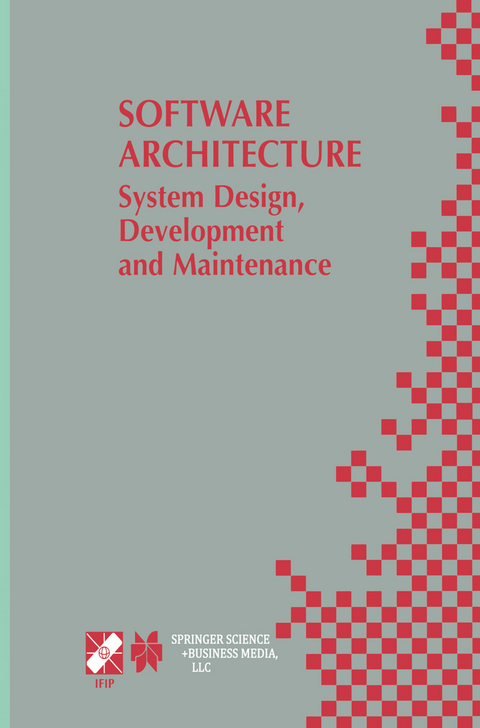
Software Architecture: System Design, Development and Maintenance
Springer-Verlag New York Inc.
978-1-4757-6538-0 (ISBN)
The Adaptive Object-Model Architectural Style.- Aura: an Architectural Framework for User Mobility in Ubiquitous Computing Environments.- Using Architectural Style as a Basis for System Self-repair.- Modeling and Analyzing the Software Architecture of a Communication Protocol Using SAM.- Dynamic Reconfigurable Software Architecture: Analysis and Evaluation.- Understanding and Propagating Architectural Changes.- Practical Rationale for Describing Software Architecture.- Documenting and Analyzing a Context-Sensitive Design Space.- Introducing Reflection in Architecture Description Languages.- Architecture Reconstruction in Practice.- Introducing the Software Architectonic Viewpoint.- A Component-Based Software Architecture for Industrial Control.- Analyzing Commercial Component Models.- A Family of Software Architecture Implementation Frameworks.- Author Index.
| Reihe/Serie | IFIP International Federation for Information Processing ; 97 |
|---|---|
| Zusatzinfo | XVIII, 242 p. |
| Verlagsort | New York, NY |
| Sprache | englisch |
| Maße | 155 x 235 mm |
| Themenwelt | Mathematik / Informatik ► Informatik ► Programmiersprachen / -werkzeuge |
| Mathematik / Informatik ► Informatik ► Software Entwicklung | |
| Informatik ► Theorie / Studium ► Compilerbau | |
| ISBN-10 | 1-4757-6538-X / 147576538X |
| ISBN-13 | 978-1-4757-6538-0 / 9781475765380 |
| Zustand | Neuware |
| Haben Sie eine Frage zum Produkt? |
aus dem Bereich


